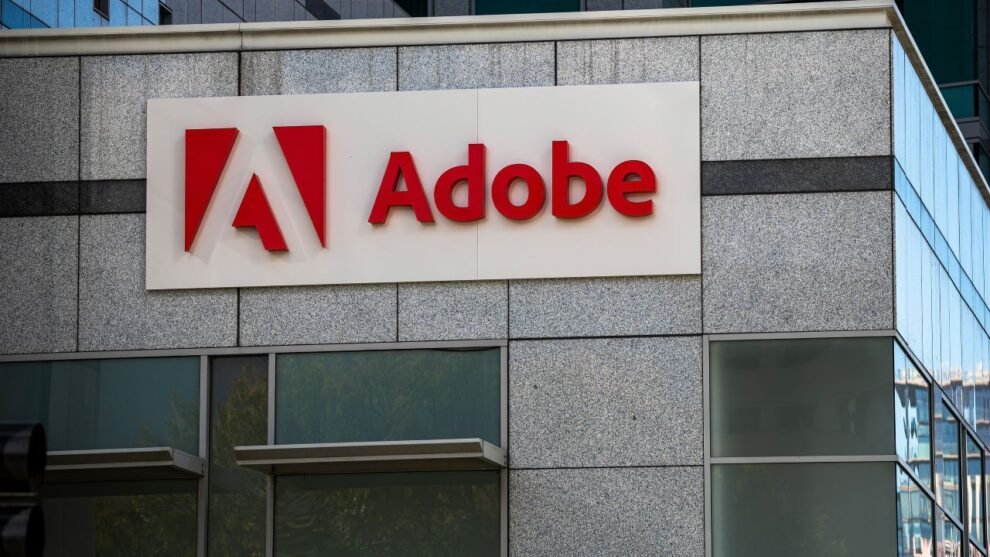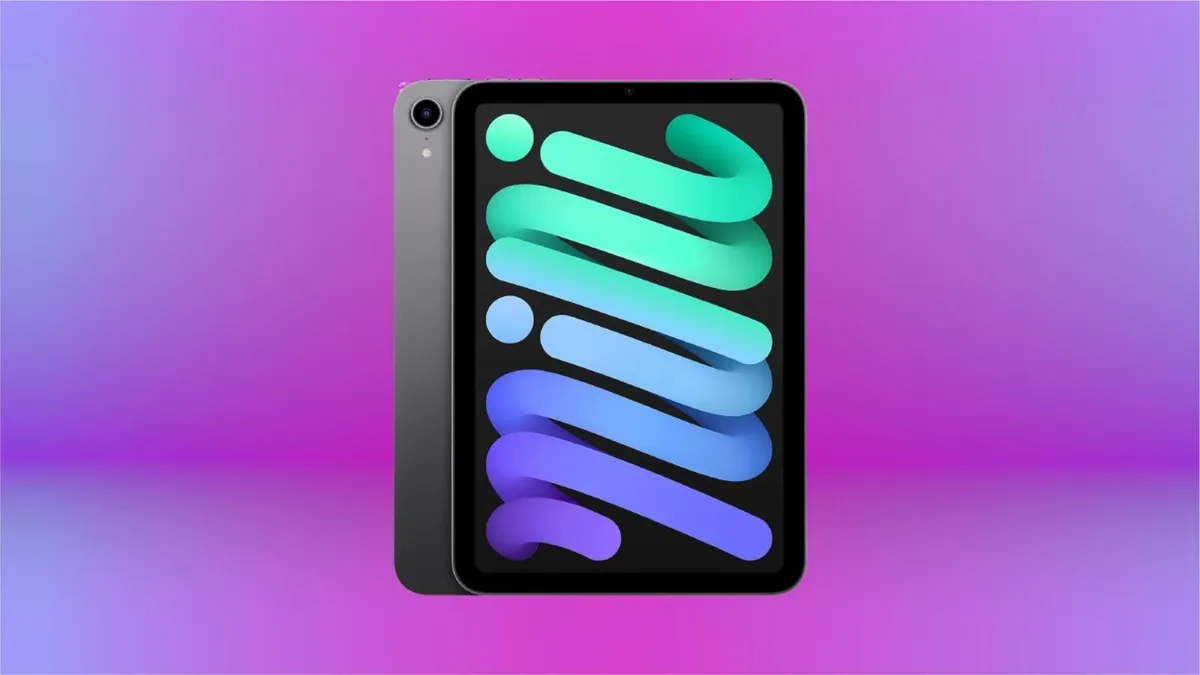In a move to address growing concerns about the origin and ownership of digital content in the age of AI, Adobe has launched a new AI credit and creator attribution tool. This free web application, announced on October 8, 2024, aims to empower creators and build trust in digital content by providing a clear record of how an image or video was created and who was involved in the process. This initiative is part of Adobe’s broader Content Authenticity project, which seeks to combat misinformation and ensure proper attribution in the digital world.
This new tool comes at a time when AI-generated content is becoming increasingly sophisticated and difficult to distinguish from human-created work.
The rise of generative AI models like Adobe Firefly and others has raised questions about copyright, ownership, and the ethical implications of using AI to create art, videos, and other media. Adobe’s Content Authenticity initiative seeks to provide a solution by giving creators a way to clearly label their work and track its use, even when it’s incorporated into AI-generated content.
Key Features of the Tool:
- Content Credentials: Creators can attach “Content Credentials” to their digital work, a kind of digital fingerprint that records how the content was created and who contributed to it.
- AI Disclosures: The tool allows creators to explicitly state whether their work has been used to train AI models. This is a crucial step towards transparency and responsible AI development.
- Attribution and History: Users can view the complete history of a piece of content, including all the edits and modifications made to it, along with the individuals responsible for those changes.
- Open Standard: Adobe is collaborating with other tech companies and organizations to establish Content Credentials as an open industry standard. This will ensure interoperability and widespread adoption across different platforms and applications.
My Take:
As someone who works with digital content daily, I’m excited about the potential of this tool. I’ve seen firsthand the challenges creators face in protecting their work and getting proper credit. This tool could be a game-changer, especially for artists, photographers, and videographers who are concerned about their work being used without their permission to train AI models. It’s also a positive step towards building a more transparent and accountable AI ecosystem.
How Adobe’s AI Credit and Creator Attribution Tool Works
The tool leverages cryptographic technology to generate secure Content Credentials. These credentials are embedded in the content itself, creating a tamper-proof record of its origin and history. When someone views a piece of content with attached credentials, they can easily access information about its creators, the tools used to create it, and any modifications made to it over time.
Here’s a simplified breakdown of the process:
- Create Content: A creator uses any software (Adobe or otherwise) to produce an image, video, or other digital content.
- Generate Credentials: The creator uses Adobe’s tool to generate Content Credentials, which include information about the creator, creation date, software used, and any other relevant details.
- Attach Credentials: The credentials are attached to the content file, essentially becoming part of its metadata.
- Share Content: The creator can then share the content on any platform or application that supports Content Credentials.
- View Credentials: Anyone who views the content can access its credentials to verify its authenticity and learn about its creation history.
The Importance of Content Authenticity in the Age of AI
The proliferation of AI-generated content has blurred the lines between human creativity and machine output. This has created a number of challenges:
- Misinformation and Deepfakes: AI can be used to create highly realistic but entirely fabricated content, leading to the spread of misinformation and the erosion of trust in online information.
- Copyright Infringement: AI models can generate content that closely resembles existing copyrighted works, raising concerns about intellectual property rights.
- Lack of Transparency: It can be difficult to determine whether a piece of content was created by a human or an AI, making it hard to assess its credibility and originality.
This tool offers several key benefits for creators:
- Proof of Ownership: Content Credentials provide irrefutable evidence of authorship, helping creators protect their work from unauthorized use and plagiarism.
- Increased Visibility and Recognition: Proper attribution ensures that creators get credit for their work, even when it’s shared or modified by others.
- Control Over AI Training: Creators can choose whether or not they want their work to be used to train AI models, giving them more control over how their creations are used.
- Enhanced Trust and Credibility: Content with verified credentials is more likely to be trusted by viewers, enhancing the creator’s reputation and building audience confidence.
Industry Collaboration and Adoption
Adobe is actively working with other industry leaders to promote the adoption of Content Credentials. Partners include:
- Microsoft: Integrating Content Credentials into Microsoft’s Azure cloud platform.
- Nvidia: Incorporating the technology into Nvidia’s graphics processing units (GPUs).
- Truepic: Collaborating on image provenance and verification.
- The New York Times: Exploring the use of Content Credentials to combat misinformation in news reporting.
This collaborative approach is crucial for establishing Content Credentials as a universal standard, ensuring that the technology is widely adopted and effective in addressing the challenges of AI-generated content.
The Future of Content Authenticity
Adobe’s AI credit and creator attribution tool is a significant step towards a future where digital content is more transparent and trustworthy. As AI technology continues to evolve, tools like this will become increasingly important in ensuring that creators are recognized and protected, and that viewers can have confidence in the authenticity of the content they consume.
Looking ahead, we can expect to see:
- Wider adoption of Content Credentials across various platforms and applications.
- Integration of Content Credentials into cameras and other content creation devices.
- Development of new tools and technologies to further enhance content authenticity and provenance.
Adobe’s commitment to this initiative signals a growing awareness of the need for ethical and responsible AI development. By empowering creators and promoting transparency, Adobe is helping to shape a future where AI can be a powerful tool for creativity and innovation, while also safeguarding the rights and interests of artists and content creators.



















Add Comment